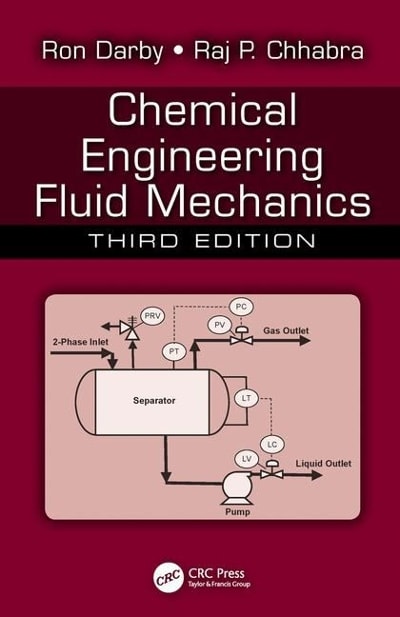You want to find the wind drag on a new automobile design at various speeds. To do
Question:
You want to find the wind drag on a new automobile design at various speeds. To do this, you test a $1 / 30$ scale model of the car in the lab. You must design an experiment whereby the drag force measured in the lab can be scaled up directly to find the force on the full-scale car at a given speed.
(a) What is the minimum number of (dimensionless) variables required to completely define the relationship between all the important variables in the problem? Determine the appropriate variables (e.g., the dimensionless groups).
(b) The only fluids you have available in the lab are air and water. Could you use either one of these, if you wanted to? Why (or why not)?(c) Tell which of these fluids you would use in the lab, and then determine what the velocity of this fluid past the model car would have to be so that the experiment would simulate the drag on the full-scale car at $40 \mathrm{mph}$. If you decide that it is possible to use either one of the two fluids, determine the answer for each of them.
(d) What is the relationship between the measured drag force on the model and the drag force on the full-scale car? If possible, determine this relationship for the other fluid, as well. Repeat this for a speed of $70 \mathrm{mph}$.
(e) It turns out that for very high values of the Reynolds number, the drag force is independent of the fluid viscosity. Under these conditions, if the speed of the car doubles, by what factor does the power required to overcome wind drag change?
Step by Step Answer:

Chemical Engineering Fluid Mechanics
ISBN: 9781498724432
3rd Edition
Authors: Ron Darby, Raj P Chhabra





